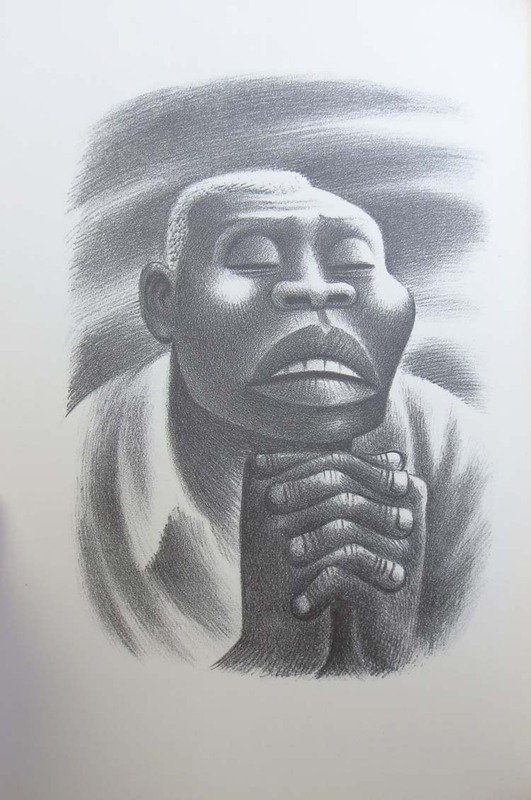Harriet Beecher Stowe
Harriet Beecher Stowe was raised in a Puritan tradition of high moral standard and proselytization. Her father Lyman Beecher was a Congregational Minister and her brother Henry Ward Beecher became pastor of Brooklyn's Plymouth Church. The Beechers moved to Cincinatti when Lyman Beecher was appointed President of Lane Theological seminary. There, Harriet's sister Catharine founded Western Female Institute, where Harriet taught until her 1834 marriage to widower Calvin Stowe, a Biblical Literature professor at Lane. During the first seven years of marriage she bore five children, writing pieces for magazines to compliment Professor Stowe's meager salary. She won a short story prize from Western Monthly Magazine, and her literary production and skill increased steadily. In 1834, her short-story collection The Mayflower was published.
This Ohio period gave Stowe the impetus to write Uncle Tom's Cabin. Cincinnati was just across the river from the slave trade, and she observed firsthand several incidents which galvanized her to write the famous anti-slavery novel. Scenes she observed on the Ohio River, including seeing a husband and wife being sold apart, as well as newspaper and magazine accounts and interviews, contributed material to the emerging plot. The family shared her abolitionist sentiment and was active in hiding runaway slaves.
In 1850 Calvin Stowe was appointed at Bowdoin, and the entire family returned to the Northeast. They reached Boston at the height of the public furor over the 1850 Fugitive Slave Law, which mandated the return of runaway slaves already in the North to their owners. Many former slaves fled to Canada from their homes in New England. Harriet set about writing a polemical novel illustrating the moral responsibility of the entire nation for the cruel system. She forwarded the first episodes to Dr. Bailey, editor of the Washington anti-slavery weekly, The National Era. He agreed to pay $300 for the work, then published it in 40 installments. The suspenseful episodes were read weekly to families and gatherings throughout the country. Despite The National Era's small circulation, limited to an audience already sympathetic to abolitionism, the installments reached a large audience as worn copies were passed from family to family. Although many Northerners considered slavery a political institution for which they had no personal responsibility, Uncle Tom's Cabin was becoming a national sensation.
The episodes attracted the attention of Boston publisher J. P. Jewett, who published the work in March of 1852. Uncle Tom's Cabin immediately broke all sales records of the day, selling half-a-million copies by 1857. Harriet Beecher Stowe received royalties only on the American editions; unauthorized dramatic productions boomed, as did a profusion of artifacts, "Tomitudes," based on the story. Pirated European editions also had astronomical sales. As the book drew attention to the abolitionist cause, southern critics began to attack Stowe's credibility. However, they could do little to thwart the book's success and appeal to the nation. Putnam's Magazine called Uncle Tom's Cabin, "the first real success in bookmaking." Stowe went on to many other literary projects, producing about a book a year from 1862 to 1884, but she is still most remembered as the author of Uncle Tom's Cabin.

